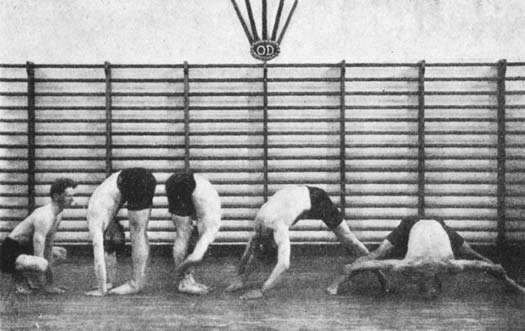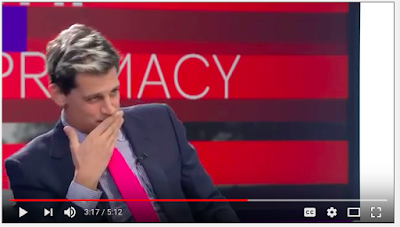My WHY, HOW, WHAT
WHY I study the
Middle Ages
Because I believe, with J.R.R. Tolkien, that, as creatures
made in the image and likeness of God, “we make still by the law in which we’re
made.”
Because I believe that insofar as we of the West value
women, children, animals, the natural world, and people of other cultures, and
aspire to lift all human beings out of sickness and poverty, we do so thanks to
the ideals and institutions that developed over the centuries during which
Europeans, including those who settled outside of Europe elsewhere in the
world, believed in God as the creator of heaven and earth who so loved his
creation that he took on flesh in the womb of a Virgin in order to save his
creatures from themselves.
Because I believe in chivalry, science, romantic love,
education in the liberal arts, the separation between Church and State,
representative government, craftsmanship, markets, cities, written contracts,
self-examination, self-improvement, self-defense, private property, the value
of the individual, the dignity of merchants and laborers, and in caring for
widows and orphans, the poor, the weak, and the sick.
Because I believe that ideas matter and that it is above all
ideas developed in the Middle Ages that have given shape to the values of our
modern Western world, including our critiques of ourselves for not living up to
our own ideals.
Because I believe that God made us to be makers and rejoices
in our art.
HOW I study the
Middle Ages
I concentrate on the ideas and practices by which European
Christians formed themselves through reading, prayer, meditation, and worship.
My goal is to discover a way to help modern readers “get inside” these
practices so as to see the world the way in which medieval Christians did, as a
creature of God into which God as Maker entered so that the world itself might
be remade.
I read books that no one else has figured out how to read,
either because the ideas in them seem boring (they aren’t!) or because everyone
assumes that we already know what they say (we don’t!).
I teach courses in which I encourage students to imagine the
thoughts and experiences of medieval women and men "from within,"
whether through close study of the primary sources or through research projects
that enable them to write their own stories or make their own works of art.
WHAT I study about
the Middle Ages
Things I have written about: commentaries on the Song of
Songs in which the bride is identified as the Virgin Mary and the bridegroom as
Christ, liturgies for the feast of the Assumption of the Virgin, prayers to the
Virgin Mary and Christ, the fears surrounding the year 1000, self-flagellation,
the doctrine of the Real Presence in the eucharist and runes, flowers as
surfaces for prayer, sweetness as an experience of the divine, counted prayers,
the theology of the Trinity and the importance of the Holy Spirit in
twelfth-century devotion to the humanity of Christ, exercises for training the
attention in prayer, Hildegard of Bingen’s theology of revelation, Anselm of
Canterbury’s prayers to the saints, Old English psalters, Francis of Assisi’s
office of the Passion, the Ave Maria,
what prayer means, how to read the psalms.
Things I am working on now: the Office of the Virgin Mary,
books of Hours, commentaries on the names of Mary found in the Old Testament,
particularly the psalms, Mary as a model of human creativity.
Things I would like to think more about: training the soul
in virtue, the psychological bases for the Seven Deadly Sins, the growth of
cities, how saying the psalms in honor of the Virgin gave birth to the modern
world.
I have two major projects that I am working on right now:
- a monograph entitled The Virgin Mary and the Art of Prayer on the history, experience, and meaning of the so-called Little Office or Hours of the Virgin Mary (Table of Contents).
- a translation of John of Garland’s Epithalamium beate virginis Marie, an elegiac poem of nearly 6,000 lines narrating the life of the Virgin from her conception and birth in the Holy Land to her assumption into heaven and marriage to Christ, culminating in a tournament between the Virtues and Vices and intended as a textbook in theology and the liberal arts.
Inspiration for describing my work in this way: Simon Sinek's advice to start with WHY. H/t to Jamie Douraghy for pointing the way.




